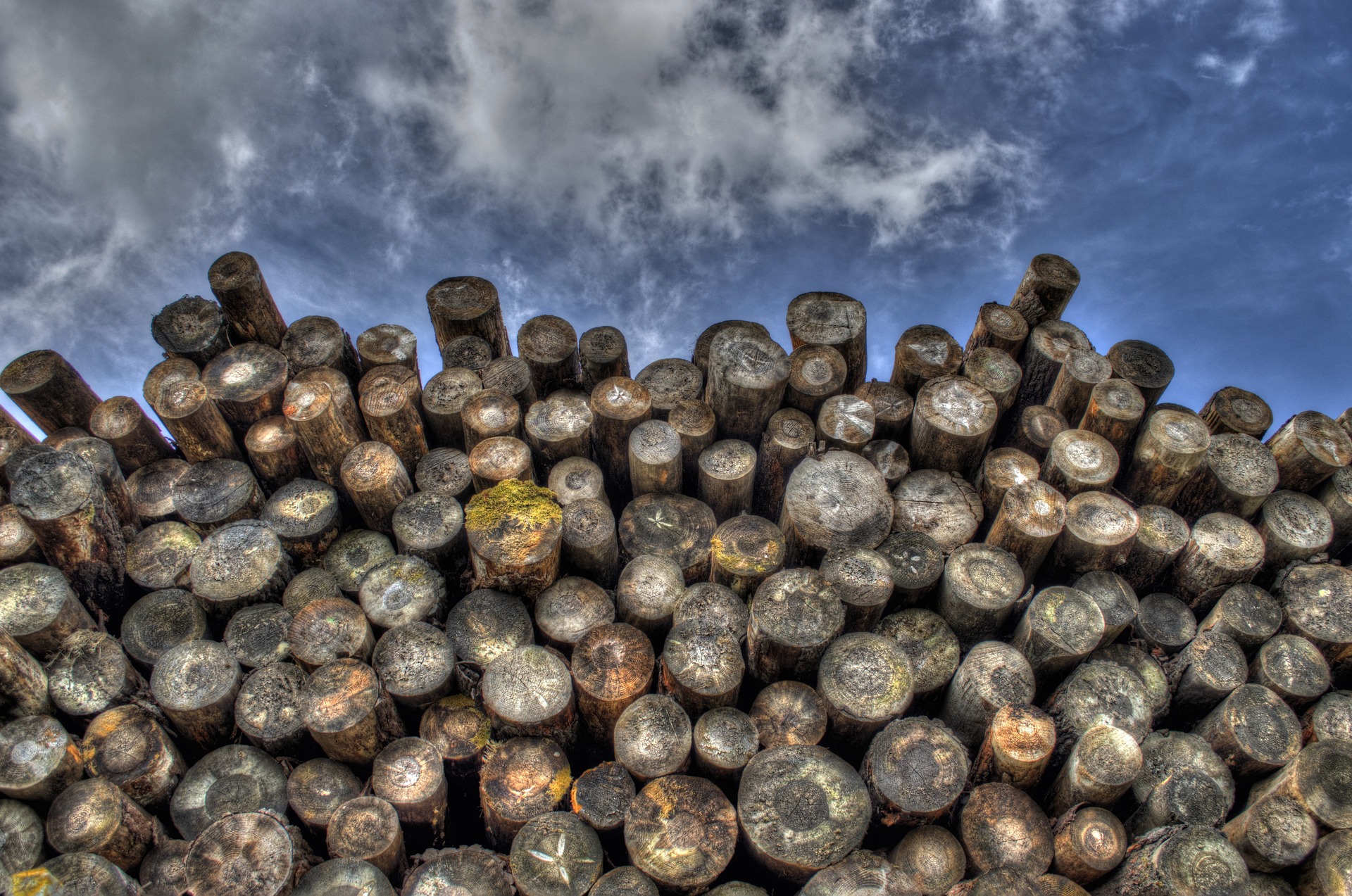From EUTR to EUDR. What is the difference?

What actually changed?
From ‘T’ to ‘D’
The transition from EU Timber Regulation (EUTR) to EU Deforestation Regulation (EUDR) marks a significant evolution in the EU’s approach to combatting deforestation, expanding its scope, and enhancing requirements for transparency and traceability.
EUTR
The EUTR is primarily aimed at combating illegal logging, a key factor in deforestation and climate change. It applies to wood and timber products, both imported and domestically produced in the EU. The regulation prohibits the placing on the market of illegally harvested wood or timber products.
A key element of the EUTR is the requirement for operators to implement a Due Diligence System (DDS). This DDS includes the following 3 core elements: (1) information on the origin of the timber products, including their source and species; (2) carrying out a risk assessment to evaluate potential risk of non-compliance with applicable legislation; and (3) mitigation of identified risks.
“The definition of applicable legislation in the EUDR is much broader than in the EUTR, particularly on social and environmental aspects”
Transition to EUDR
The EUDR, which will replace the EUTR, covers a wider range of commodities and their derivatives that contribute to deforestation: wood, palm oil, soy, cocoa, coffee, cattle and rubber.
This regulation requires operators to carry out comprehensive risk assessments, mitigate risks and provide an annual statement of due diligence efforts.
The EUDR differs from the EUTR in its emphasis on broader commodity coverage and more stringent transparency and traceability requirements, including the use of geo-location evidence to trace the origin of products, and annual public reporting on the implementation of Due Diligence.
Key Comparative Aspects
- Range of commodities: the EUDR covers a broader variety of deforestation-related commodities, in contrast to the EUTR’s focus on timber and timber products only.
- Operational Scope: EUDR’s due diligence system demands a higher degree of traceability compared to the EUTR, as it includes the collection of geolocation data from source to sale.
Challenges and Implementation
- The EUDR requirement for geolocation data to trace product origins represents an ambitious shift, potentially challenging for operators with complex supply chains.
- Risk assessments under EUDR are expected to be more comprehensive, with operators and large traders sharing responsibilities.
- Both regulations share a common goal of preventing deforestation and promoting sustainability, but they differ significantly in their approach and operational demands.
This transition reflects the EU’s increased commitment to environmental sustainability and presents new challenges and opportunities for businesses and operators in adapting to these stringent regulations.
The definition of applicable legislation in the EUDR is much broader than in the EUTR, particularly on social and environmental aspects.
Key Comparative Aspects
- Range of commodities: the EUDR covers a broader variety of deforestation-related commodities, in contrast to the EUTR’s focus on timber and timber products only.
- Operational Scope: EUDR’s due diligence system demands a higher degree of traceability compared to the EUTR, as it includes the collection of geolocation data from source to sale.
Challenges and Implementation
- The EUDR requirement for geolocation data to trace product origins represents an ambitious shift, potentially challenging for operators with complex supply chains.
- Risk assessments under EUDR are expected to be more comprehensive, with operators and large traders sharing responsibilities.
- Both regulations share a common goal of preventing deforestation and promoting sustainability, but they differ significantly in their approach and operational demands.
This transition reflects the EU’s increased commitment to environmental sustainability and presents new challenges and opportunities for businesses and operators in adapting to these stringent regulations.
The definition of applicable legislation in the EUDR is much broader than in the EUTR, particularly on social and environmental aspects. You will find more info on EUDR and our services here.

How can we support you?
Please contact us so we can help you with your EUDR challenges. Questions? We will be glad to help you out.

